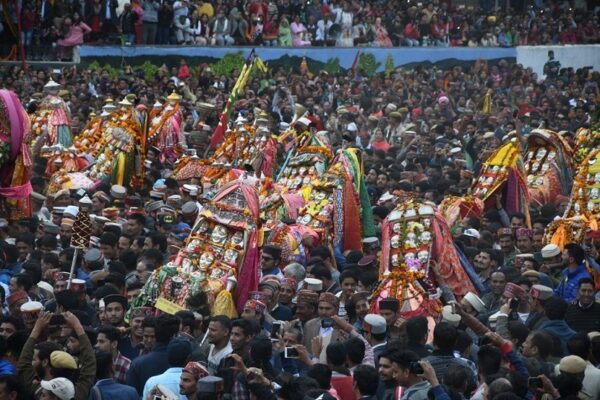Himachal
History
THE SWEET PAST OF KULLU HONEY
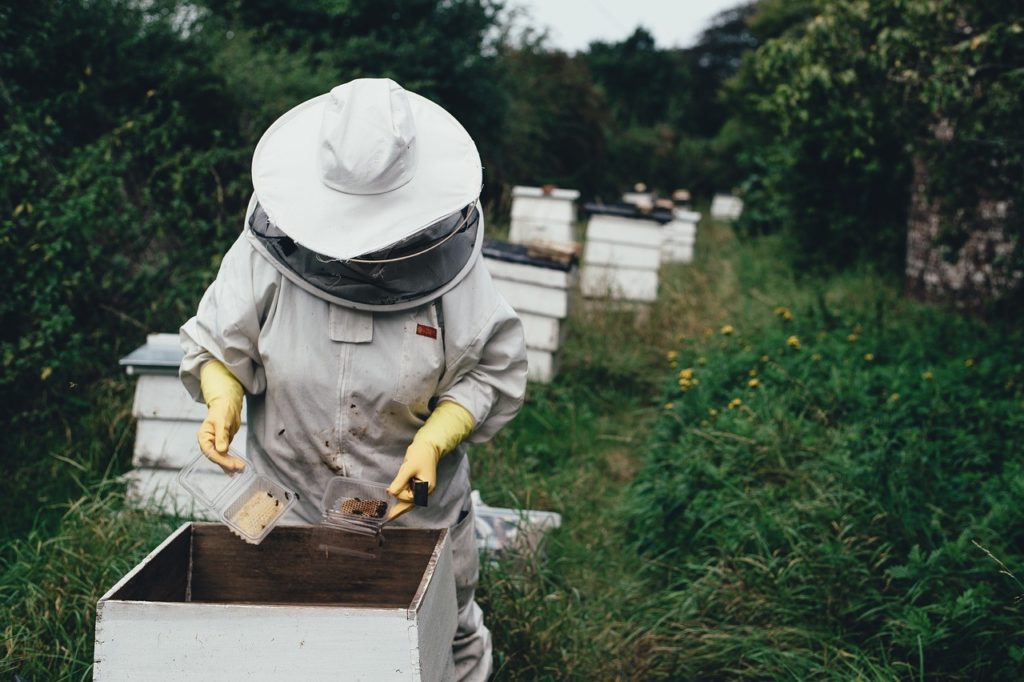
Some 14 kms from Kullu town on the Manali national highway and along the Beas river lies the Raison village. A popular tourist destination, Raison has always attracted visitors from far off places due to its agreeable climate, fertile land and the natural beauty. When Britishers first arrived in the Kullu valley more than 150 years ago, they chose Raison and the surrounding villages to build their homes and for starting fruit cultivation mainly apples.
The British settlers also set up tea gardens in Raison which were part of the Kooloo Tea Company. The company was founded in the 1860s by G Knox, a British officer who served as the Assistant Commissioner during that period and the tea plantations in Kullu were looked after by H J Minnikin, who used to live in Raison.
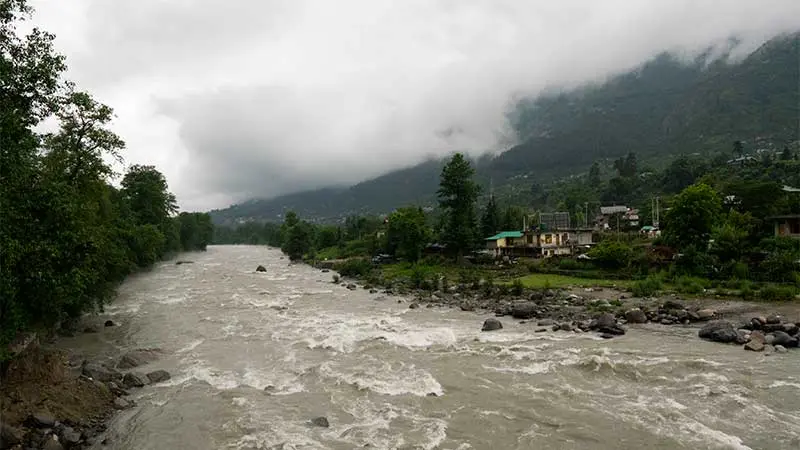
However, the company didn’t do well and it was dissolved in the 1880 and in the following years apple orchards started coming up in Raison and the nearby areas with the successful orchards of Captain R C Lee in Bandrol village serving as an inspiration.
But not many know that Raison was also a hub of the honey business and where scientific and commercial bee-farming had started for the first time in North India in the early Twentieth century.
Sir Louis Dane, who served as the Assistant Commissioner of Kullu from 1882 to 1884, was the first to start keeping bees in modern hives in the valley. Having a keen interest in beekeeping, Mr Dane had also formed Punjab Beekeepers’ Association in 1909 with Shimla as the headquarter and in 1916 he also released ‘A Guide For Beekeeping’.
Mr Dane, by the way, was also the first man to cross the Pin Parbati pass from the Spiti side in 1884.
But it was not until 1932 when the first commercial farm having modern equipment was started in Raison by A Litenkov, a Russian national.
N P Mullick: The Bee Man From Raison
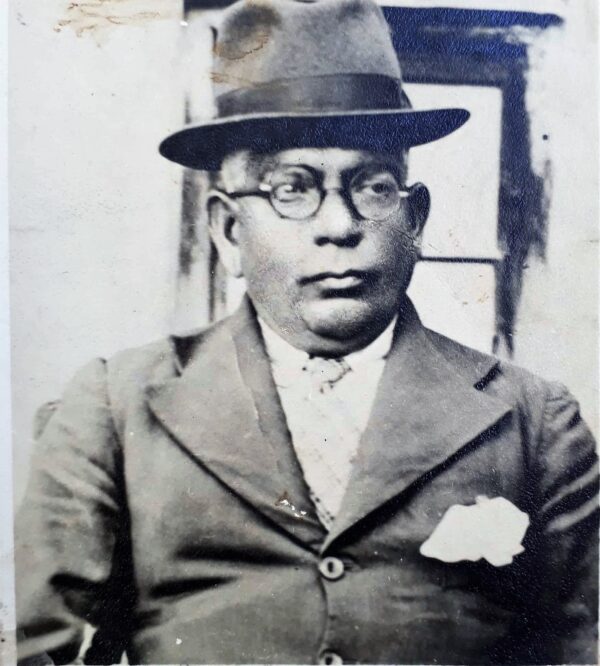
Four years later, another commercial farm with improvised technology was started in Raison in 1936 by N P Mullick, who had settled down here.
These farms not only used modern technology for keeping bees and extracting honey but they were also a major commercial success.
The honey from the Mullick bee farm was exported to many European countries and was considered one of the best in North India after having won many prizes. The farm itself was a training ground for the budding apiarists who would come from all over the country to learn scientific beekeeping.

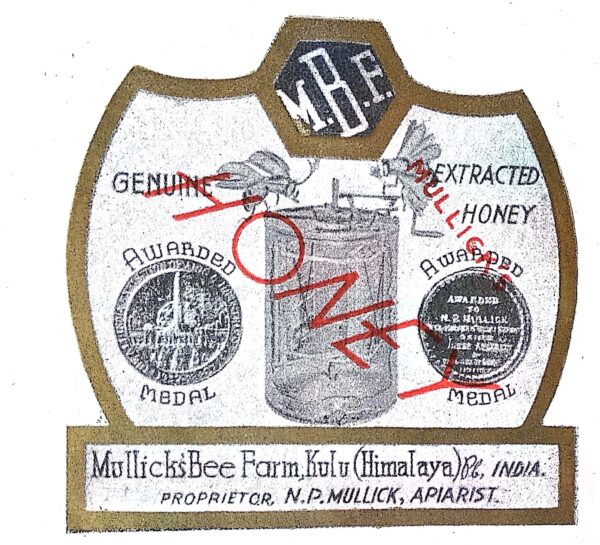
Fondly known as Mau Saab (Bee Man) among locals, Mr Mullick, who also served as one of the Provincial Secretaries (East Punjab) of the All India Bee-Keepers’ Association in the pre-Independence days, is considered one of the early pioneers of the scientific and commercial bee farming in North India. Mr Mullick regularly contributed to the Indian Bee Journal in the 1940s and wrote widely on scientific bee keeping and the historical significance of bees in the earliest civilizations.
One of his research articles traced the honey bees to the Vedic times and one example he quoted in this regard was of Rig Veda the oldest Indian scripture, which mentions Madhu (honey) more than 300 times.
According to the 1948 issue of the Indian Bee Journal, Mr Mullick was granted a subsidy of Rs 7500 for developing the bee industry and for setting up a honey processing and packing plant.
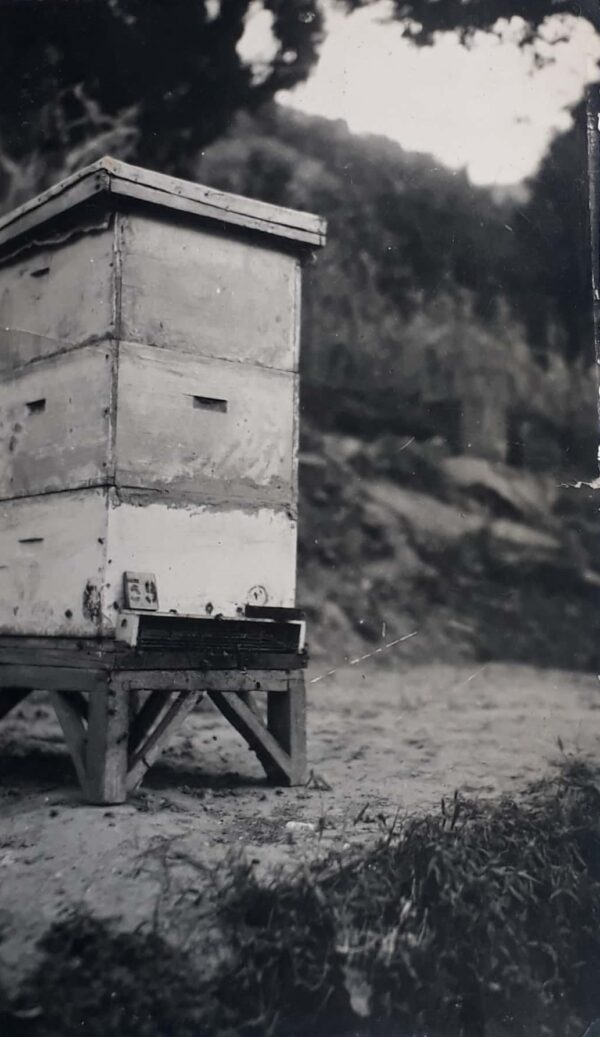
In 1939, the farm run by Mr Litenkov was shifted from Raison to Katrain and converted into a research centre for bee-keeping. Initially, 50 colonies of bees were kept in the Katrain farm and later the number was increased to 150. The farm here had become specialized in high honey yields and according to the 1948 issues of the Indian Bee Journal, bee colonies here produced more honey than anywhere in the country.


